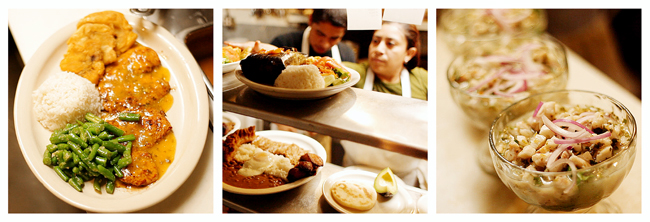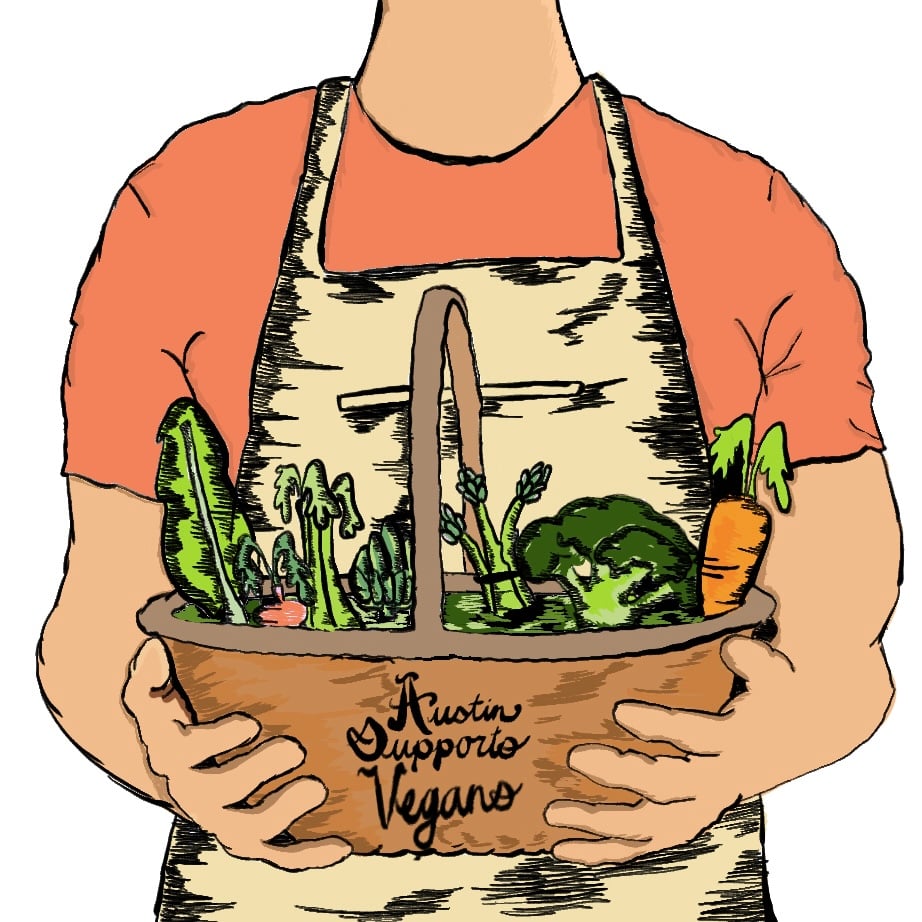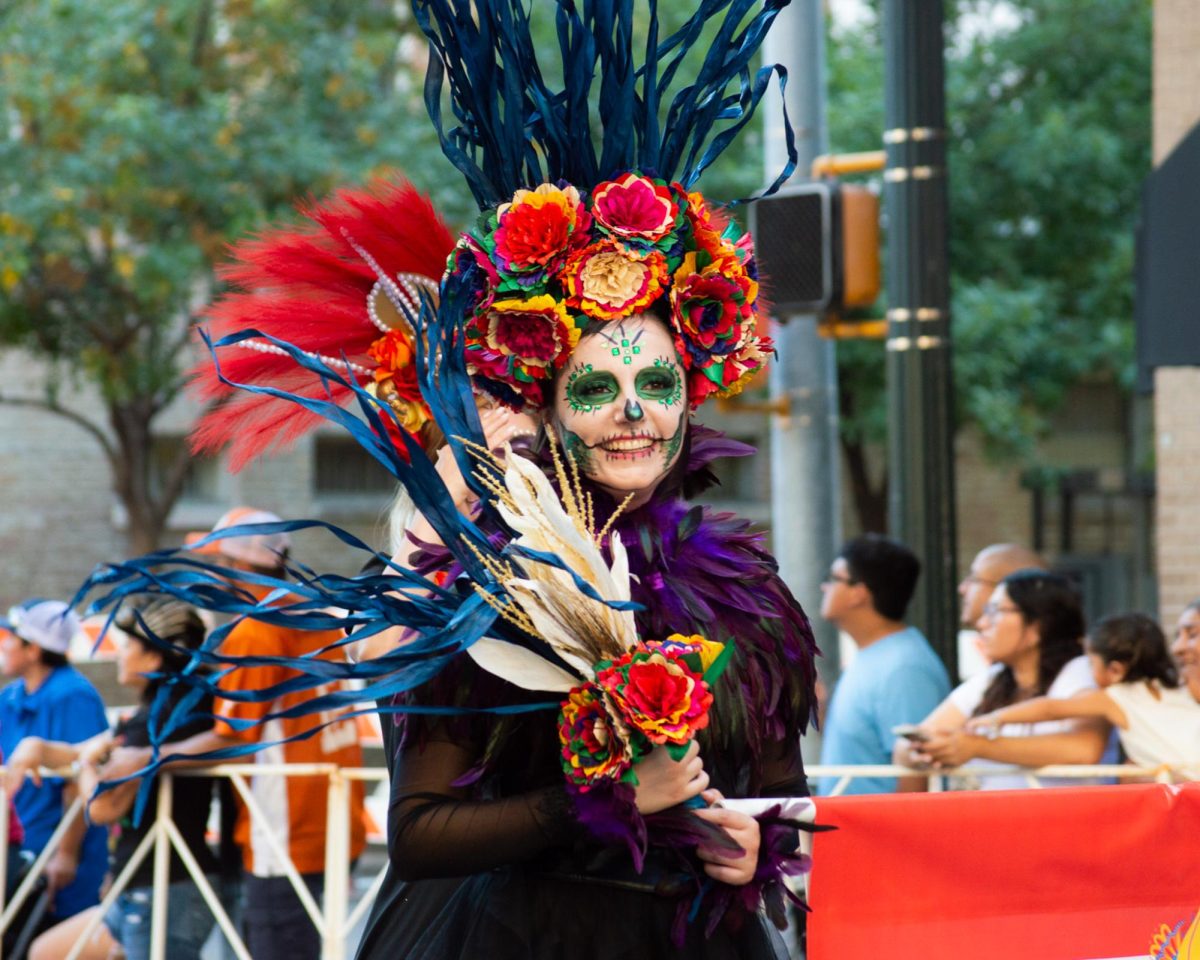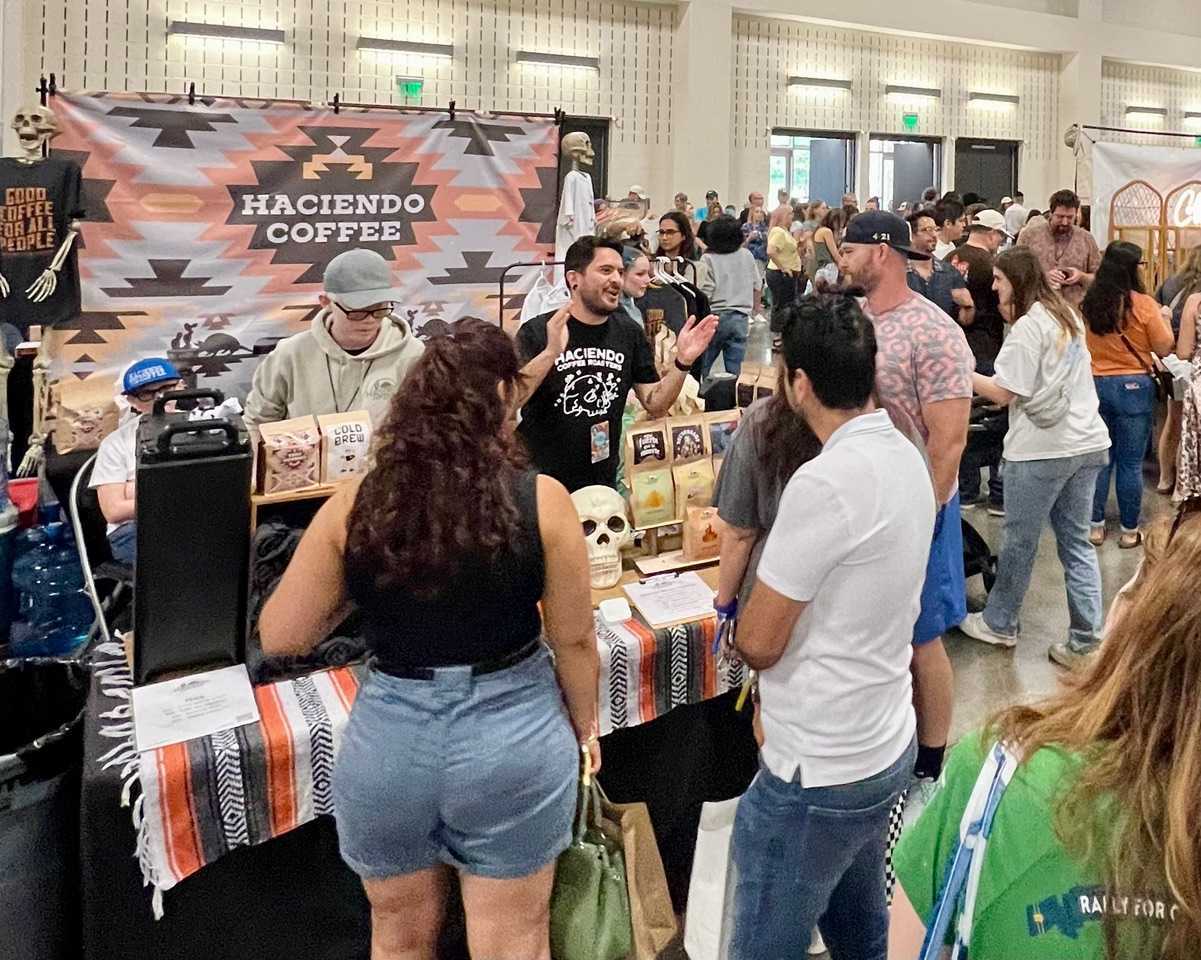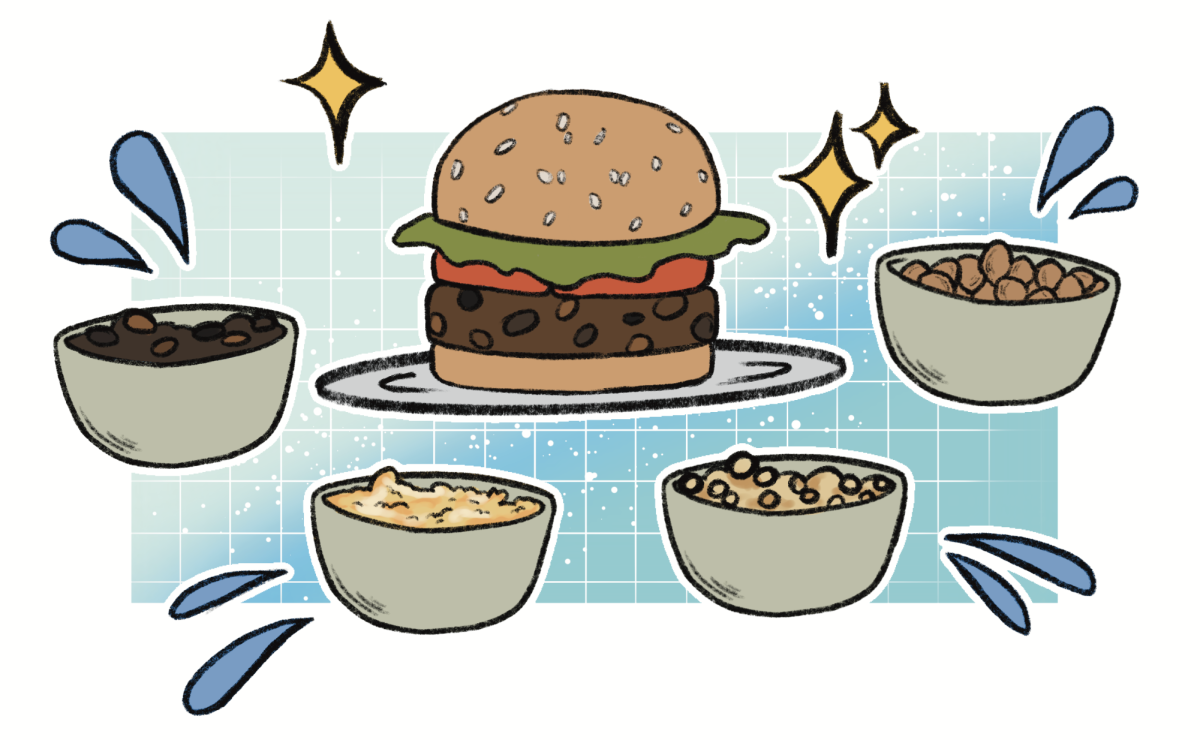Editor’s note: The interviews in this article have been translated from Spanish.
The themed lamp posts and the small benched waiting area, conjuring the Alamedas and the central plazas of many Hispanic cities, announce to the prospective diner that he won’t be in Texas much longer. Not completely, anyway.
Inside, the walls are adorned with maps of Colombia and small “fachadas,” miniature facades of colonial house fronts that instantly remind of childhoods left behind.
Such is the enchantment of Casa Colombia, a restaurant of eponymous genre hidden on East Seventh Street and helmed by manager Jazmin Nuñez and chef Emilia Hurtado.
Before their partnership the place was originally called “Mi Colombia,” managed solely by the current chef, Hurtado, and nearing bankruptcy. Nuñez recalled the times:
“[Emilia] had Mi Colombia, and she was about to close [permanently]. Then my husband — an American — said we couldn’t lose the only restaurant dedicated to Latin American food.”
As friends of Hurtado’s, Nuñez and her husband stepped in, managing the house while Hurtado focused on the kitchen. Nuñez’s intention was to partner up for a year only.
“Now we have five years with Casa Colombia, and it’s been going very well,” Nunez said.
Casa Colombia evokes deep-seated emotions in the visitor, Latino or not, with its carefully crafted elements of nostalgia. Centerpiece to this is the food; a potpourri of South American options that are as close to comfort food as comfort food gets. Hurtado’s touch keeps the platters as typical Latin American home style as she can.
Pechuga de Pollo, a chicken filet, grilled and bathed in a smooth lemon butter sauce, served with green beans, fried yucca (a potato-like vegetable) and a white rice pilaf tastes like a recipe that a grandmother could have made but forgot to. Much of the same can be said of the Churrasco, a steak served with an olive oil chimichurri sauce, a South American staple. Or for those willing and wishing to go big, there’s the Bandeja Paisa, a meat lover’s delight with beef skirt, chicharron and egg over white rice, fried plantains, avocado and a thin bread called “arepa.” For the fish-driven, the Ceviche Peruano with fried plantain is fresh, limey, avocado-y and delicious.
For Chef Hurtado, a shy and humble emigre from Colombia, owning her own restaurant was always a dream. But it was not easy.
“I learned [to cook] by observing. I worked as a housekeeper, where I learned a little,” Hurtado said.
After arriving in Austin in 1994 and working in local schools, she started selling tamales and empanadas from home, as well as making meals for her group of friends. Hurtado’s dream was always to open her own restaurant. Hurtado is quick to correct with humility.
“My dream was always — not a restaurant like this … but [just] selling rotisserie chickens and roasted potatoes. That was my dream,” Hurtado said.
She cites her lack of formal training as the source for the formidable and homey taste of her food.
“I am not a ‘chef.’ I didn’t go to any culinary school to get any training. What I make are home recipes. They’re not every [Colombian] recipe, but what I can, I make. I’ve tried to preserve that. To keep the food like that … typical,” Hurtado said.
Hurtado’s effforts have paid off, earning her accolades from organizations like spanish news publication El Mundo.
Then, not-a-chef Hurtado smiled a slow, building smile with a bright, honest shine in her eyes.
“My source of great pride is that people come here from all over. Central Americans, North Americans, Asians … all nationalities,” Hurtado said. “That’s what satisfies me the most. To see that someone of humble origins like myself is making something that everyone who comes here loves. That brings me great pride and I thank God for it.”
Printed on Monday, September 24, 2012 as: Chef keeps food close to home

